
How does principal and vice-principal leadership contribute positively to structures that positively enhance #wellbeing for adults and kids? #ALPlearn #EdCAnSummit #WellatWork
Dr. Hauseman unpacks the research. Let’s start with the basic premise: does site-level leadership really matter? 
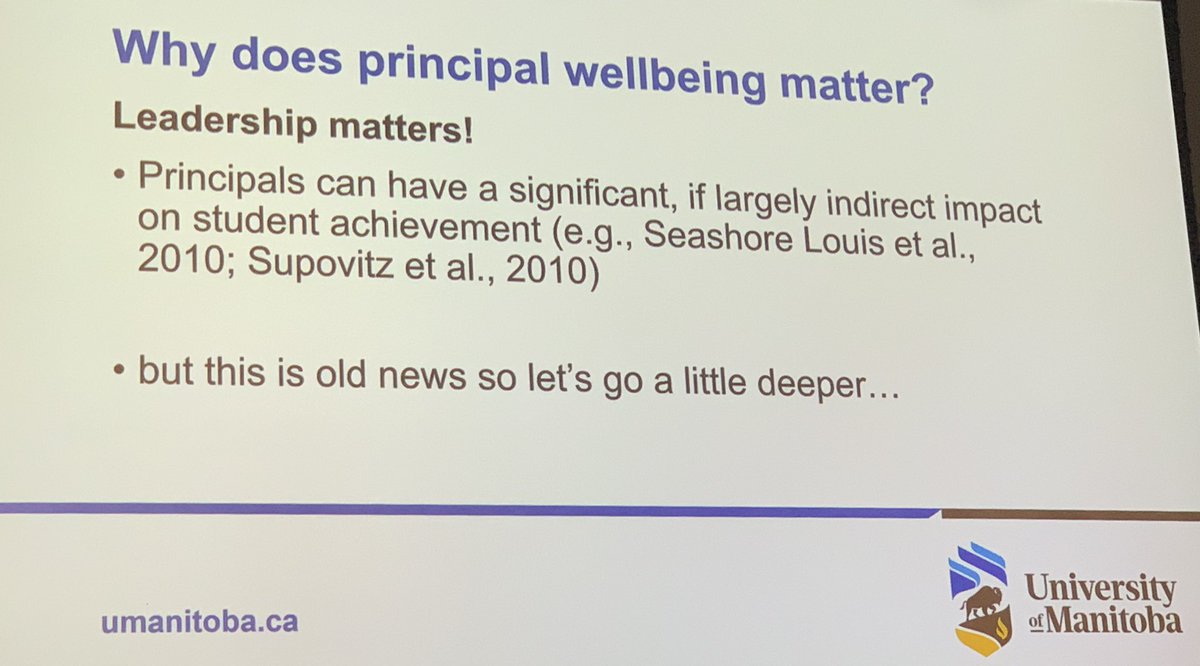
The impact that an average vs. below-average principal has on student achievement is highly significant. 
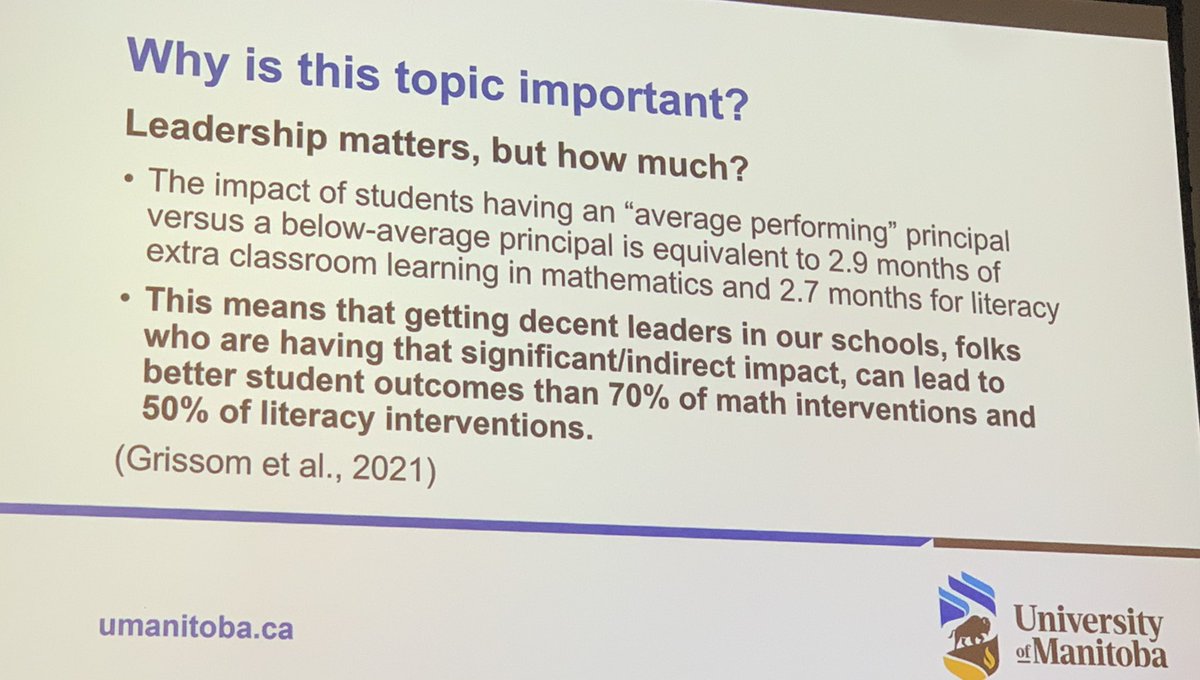
Amplify the proficiency range. A high-performing principal at the same level of impact as an accomplished teacher. 

What workplace conditions are conducive for principals and VPs to achieve high levels of leadership effectiveness? When conditions ‘intensify’, what is the result of their performance? 

When the work of principals and VPs intensifies, what does that mean? The answer lies in volume and complexity. 

The pandemic—and the resulting social, political and local complications—contribute(d) directly to the intensification of work for all educators, including principals and VPs. 

Check out the self-reported work week data across three Canadian Provinces. Remember that these figures are averages and in most cases describe pre- or early-phase pandemic conditions. 
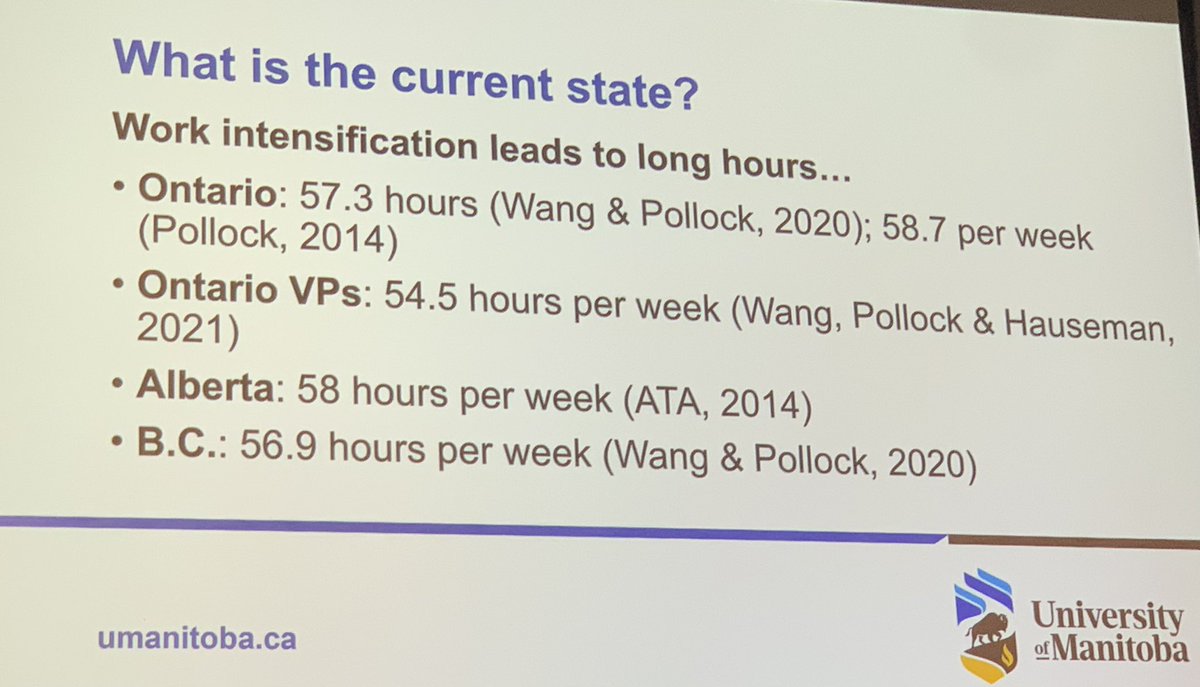
Longitudinally and internationally, here are average work hours for principals and VPs. Thanks, England, for making everyone look very slightly less frazzled. 
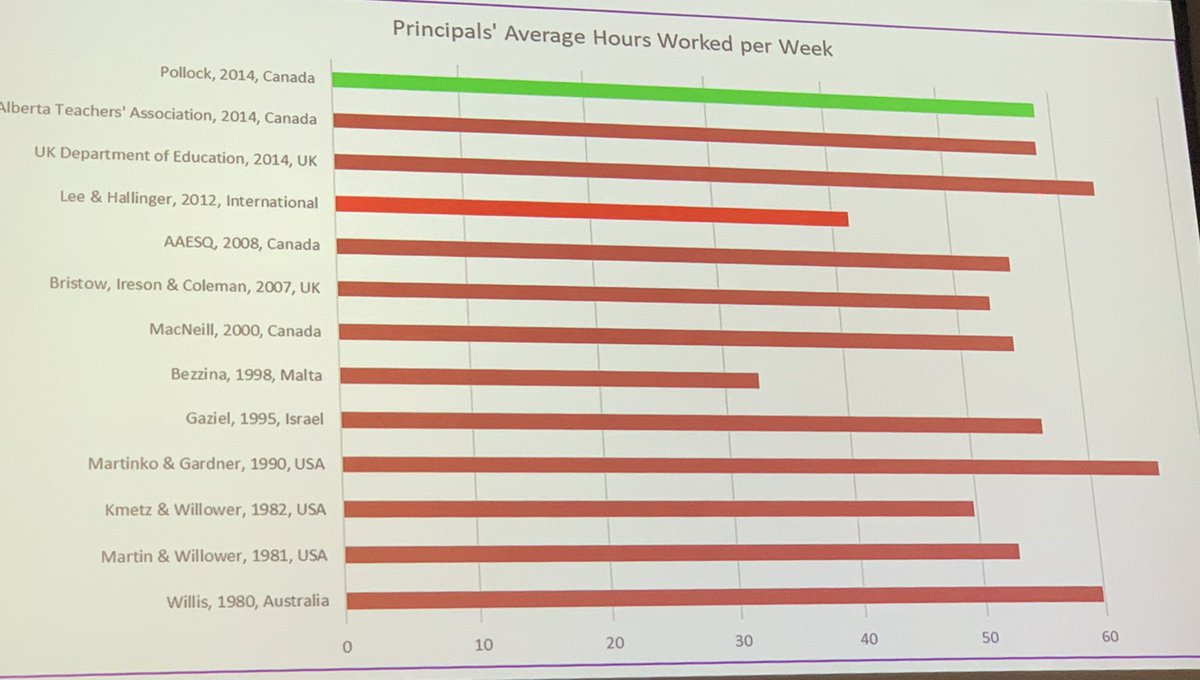
So, how do all these hours add up? Almost 30 hours are expensed in these three areas. Note Dr. Hauseman’s query… 

A recent Australian study demonstrates the impact that principals and VPs experience when intensification in their leadership roles is unresolved. 

School leaders—and teachers, coaches, support staff, classified teams, district administrators—are doing their very best to manage the load. Here is how adults in our schools doing their best to stay afloat. 



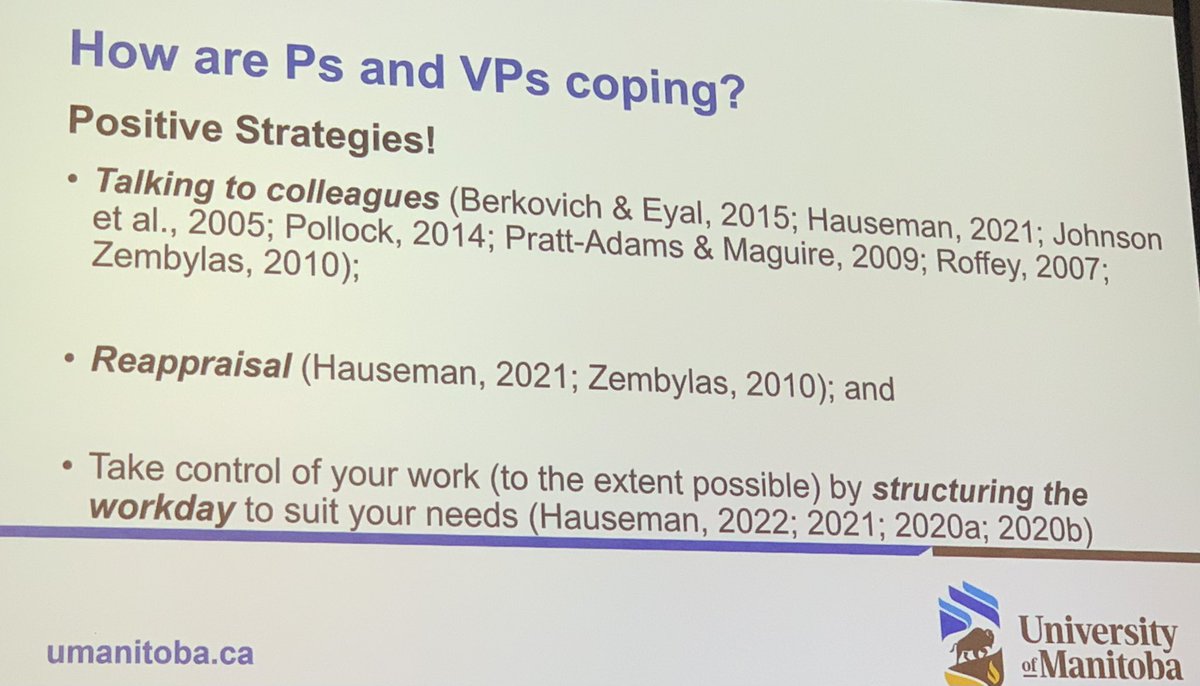

So how to proceed? Defining the objective environmental and role-aligned constraints is a heroic and necessary first step. Dr. Hauseman has these recommendations. Each is worthy of our attention and commitment to action. 



What targets can we work together to recognize? To make systemic, incremental and sustainable steps to realize that enable our collective desire to achieve workplace #wellbeing in schools? 



Thanks again, Dr. Cameron Hauseman. You were among the many leaders who challenged us at #EdCanSummit this week. Sharing your work and the research of others across my modest network in the hope that it reaches leaders who have the influence and urgency to contribute. #ALPlearn 

• • •
Missing some Tweet in this thread? You can try to
force a refresh











